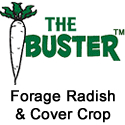Cover Crops
Cover crops are fundamental, sustainable tools used to manage soil fertility, soil quality, water, weeds (unwanted plants that limit crop production potential), pests (unwanted animals, usually insects, that limit crop production potential), diseases, and diversity and wildlife, in agro-ecosystems.
AA Oilseed Radish | AA Diakon Radish | Frostmaster Winter Peas
Forage Peas | Forerunner™ Triticale | Magnum Oats™
Forage Turnips | Fava Beans | The Buster™ Radish
Other Species and Custom Blends Available
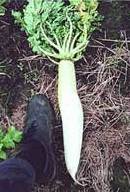 AA Oilseed Radish
AA Oilseed Radish
A relatively new idea for a cover crop, Oilseed Radish has some very unique characteristics. It produces a very large and long root, which can penetrate into the soil 8 inches or more to breakup hardpans. It is an excellent accumulator of excess nitrogen and phosphorous, left in the soil from previous crops or manure applications. Also, being in the Brassica family, the vegetative and root growth are low in lignin, which allows the plant material to break down rapidly, releasing nutrients for following crops.
Back to Top
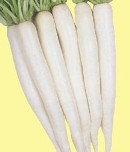 AA Diakon Radish
AA Diakon Radish
Has an enormous tap root that can grow upwards of 14 inches. Diakons offer all of the advantages of oil seed radishes used for cover crops with the added value of producing a much larger root. Weaver Seed of Oregon has 28 years experience growing and processing Diakon Radish seed. We can offer a consistent and high quality supply of Diakon Radish seed to meet your needs large or small.
Back to Top
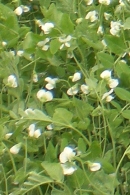 FrostMaster Winter Peas
FrostMaster Winter Peas
FrostMaster Winter Peas are long vined winter pea. It is a Forage type pea with good winter hardiness. It has the ability to produce more biomass compared to Austrian Winter Peas, also FrostMaster Peas are much sweeter than AWP, thus making it a much more desirable forage. Winter peas are very good fixers of nitrogen.
Back to Top
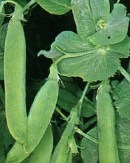 Forage Peas
Forage Peas
Forage peas are a valuable source of forage protein. They are highly palatable with good digestibility. Peas are a suitable grazing alternative in the late summer when grass is in short supply. Forage peas are often used in Europe and other temperate areas such as north-central US to increase forage yield and/or improve the nutritional quality of the forage. They can also be grown at higher altitudes in the tropics and as a cool-season winter crop in some regions where maize or soybeans would be the summer crop. They are an excellent choice for the organic farmer looking to supply a bulky, protein-rich forage for their livestock.
Back to Top
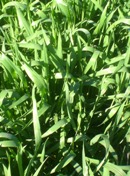 Forerunner™ Triticale
Forerunner™ Triticale
Forerunner™ Triticale is an awnless variety. It can grow to heights of 50 to 60 inches. Early root growth and the ability to tie-up excess nitrogen and phosphorous makes it an excellent cover crop. Works very well following manure applications. Forerunner™ Triticale is a PVP variety.
Back to Top
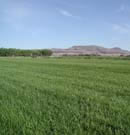 Magnum Oats™
Magnum Oats™
Turnip leaves have very high energy and low fiber. Nitrate testing is advised for high fertility scenarios. Protein content is determined mostly by nitrogen fertility.
For extended grazing, plant in early to mid-summer (depending on climate). For summer grazing, plant in the spring after soil warms to 50F.
Back to Top
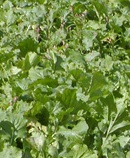 Forage Turnips
Forage Turnips
Turnip leaves have very high energy and low fiber. Nitrate testing is advised for high fertility scenarios. Protein content is determined mostly by nitrogen fertility.
For extended grazing, plant in early to mid-summer (depending on climate). For summer grazing, plant in the spring after soil warms to 50F.
Back to Top
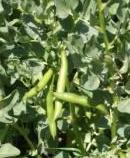 Fava Beans
Fava Beans
Fava beans are also used as a cover crop to protect delicate soil, because they grow quickly and produce a great deal of lush foliage. In addition, like most legumes, fava beans are nitrogen fixers, and they replenish the soil with this vital nutrient. Many farmers plant fava beans and plow them back into the field after the growth has peaked for mulch.
Back to Top
Custom Blends also available

